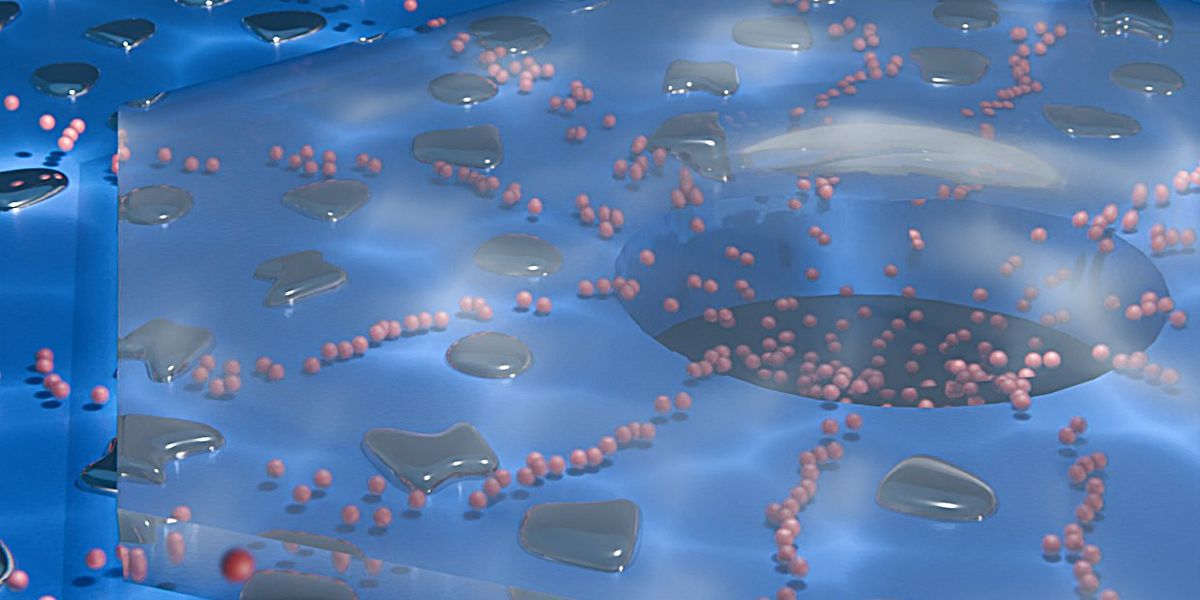Liquid circuits that mimic synapses in the brain can for the first time perform the kind of logical operations underlying modern computers, a new study finds. Near-term applications for these devices may include tasks such as image recognition, as well as the kinds of calculations underlying most artificial intelligence systems.
Just as biological neurons both compute and store data, brain-imitating neuromorphic technology often combines both operations. These devices may greatly reduce the energy and time lost in conventional microchips shuttling data back and forth between processors and memory. They may also prove ideal for implementing neural networks—AI systems increasingly finding use in applications such as analyzing medical scans and controlling autonomous vehicles.
“The human brain operates at only 20 watts, orders of magnitude lower than computers that can perform complex tasks usually achieved by people.” —Théo Emmerich, Swiss Federal Institute of Technology in Lausanne, Switzerland
One strategy to develop neuromorphic computers involves memristors, or memory resistors. Memristors and similar devices are essentially switches that can remember which electric state they were toggled to after their power is turned off. As such, memristive devices resemble the synapses linking neurons, whose electrical conductivity strengthens or weakens depending on a number of biophysical factors, including how much electrical charge has passed through them in the past.
Conventional memristors, like regular computers, operate by shifting electrons around. In the new study, researchers at the Swiss Federal Institute of Technology in Lausanne (EPFL) in Switzerland experimented with fluidic memristive devices that instead rely on shuffling around ions to more closely mimic how the brain operates.
A key advantage of using ions instead of electrons may be extreme energy efficiency. “The human brain operates at only 20 watts, orders of magnitude lower than computers that can perform complex tasks usually achieved by people,” says Théo Emmerich, a postdoctoral researcher at EPFL.
In addition, says Yunfei Teng, a doctoral assistant at Lausanne, the brain’s neural networks contain “many different kinds of ions, with different charges and chemical properties.” To name just four, potassium, sodium, magnesium, and calcium are crucial for brain’s information processing capacity. Fluidic memristors could similarly manipulate several ion types in order to broaden a circuit’s electronic capabilities.
How to make a liquid neural net
In the new study, the scientists began with a silicon chip that had a square membrane of silicon nitride in the middle. In the center of this membrane was a single circular pore about 100 nanometers wide.
The researchers then added palladium and graphite layers onto the chip. Inside the palladium layer was a network of channels each only a few nanometers wide. A watery solution loaded with potassium ions was then fed into…
Read full article: Will Liquid Circuits Enable Brain-Imitating Computers?

The post “Will Liquid Circuits Enable Brain-Imitating Computers?” by Charles Q. Choi was published on 03/29/2024 by spectrum.ieee.org




































